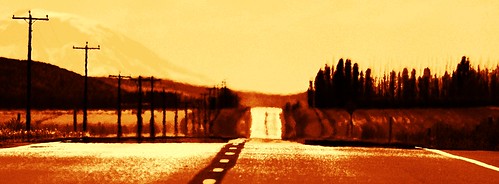Cheers to the folks at Green Guardian for using the upcoming holiday to promote container recycling. GreenGuardian.com is a web site created to promote environmentally responsible purchasing and disposal choices among the citizens of Minnesota’s Minneapolis-St. Paul metropolitan area. The site is sponsored by the region’s Solid Waste Management Coordinating Board (SWMCB) and the Minnesota Pollution Control Agency (MPCA), and is organized into sections geared specifically toward residents, businesses and children.
I receive their electronic Green Tips newsletter, and was pleased to see them taking the opportunity to tie St. Patrick’s Day to raising environmental awareness. The lead story in the latest newsletter was entitled “Kiss Me, I Recycle” and is an obvious play on the “Kiss Me, I’m Irish” slogan you’re likely to see emblazoned on t-shirts, buttons and hats starting this weekend. (Incidentally, the SWMCB web site provides a handy “Kiss Me, I Recycle” St. Patrick’s Day button template for anyone interested in wearing green and simultaneously promoting green activities.) As eluded to in my previous post, there are likely to be lots of bottles and cans associated with St. Patrick’s Day festivities, and the SWMCB and MPCA are trying to ensure that folks consider recycling and are aware of how to properly recycle as well as what can be recycled. The “Kiss Me, I Recycle” story links to a helpful can and bottle recycling guide on GreenGuardian.com. The guide not only tells you what and how to recycle (which is strictly speaking, not pollution prevention since it’s an “end of the pipe” sort of activity) but also highlights the energy savings associated with recycling, as well as the reduction in greenhouse gas emissions, air and water pollution, and water consumption that result from recycling containers as opposed to throwing them in the trash–all of which are important environmental benefits that are certainly complimentary to P2 activities.
This sort of campaign got me thinking about opportunities for similar outreach activities on college campuses. For example, I’ve heard that Mather House at Harvard University has a “green happy hour” for St. Patrick’s Day that involves the promotion of recycling, sustainability and waste reduction. I’m curious to know if other campuses have been involved in similar activities, perhaps on a wider scale. If you know of a “Green St. Patrick’s Day” event or promotion at a college or university, or if your organization, like SWMCB and MPCA, is tying environmental awareness campaigns to St. Patrick’s Day, please take a minute to share what you’ve done in the “Comments” section for this post.



 GLRPPR has developed two new school-related Topic Hubs as part of the
GLRPPR has developed two new school-related Topic Hubs as part of the 
